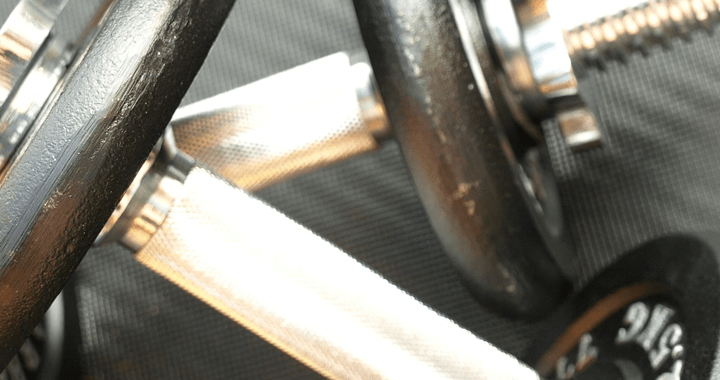My CrossFit story is about falling in love. I was alone, pursuing work in Atlanta, and struggling to keep up appearances concerning my relationship with fitness. Things with my gym just weren’t working out. I went for jogs every once in a while, but I spent most of my evenings sitting at home, watching “Mad Men.”
Then I saw a billboard for CrossFit Atlanta. I decided to take the leap and pursue this new and enticing relationship. I’m happy to say that five years later, we’re still together.
CrossFit has not only made me healthier inside and out, but it’s also played a significant role in how I approach my work. Here are six business lessons I’ve learned through CrossFit.
Lesson 1: Learn Mechanics First
Even Olympic lifters start out lifting an empty bar to learn proper mechanics. It’s a requirement to develop consistent technique before putting any weight on the bar.
Don’t feel discouraged if you’re stuck in the “mechanics” phase of business. Get excited – this is your springboard to success! Mastering the basics has a lot to do with building your company infrastructure, getting the right people and systems in place, and getting yourself to a point where you’re excited about growth – not overwhelmed.
Lesson 2: Be the Worst
When I started CrossFit, I was the worst person in my gym. Most were seasoned athletes, and I was the slowest and the weakest.
It would have been easy to give in to my fears of what others would think and not show up. But once I embraced being the worst, the pressure was off, and I suddenly had a lot more fun and experienced huge growth!
Business is the same way. You have to start at the bottom, fight off intimidation, and accept where you are.
Lesson 3: The Barbell Gets Lighter
The first time you pick up a barbell, it feels like this insanely heavy piece of equipment that you can’t imagine lifting over your head. But three months later, that bar feels so light that you can hardly remember the days when it felt heavy.
When you’re starting something new, “picking up the barbell” for the first time is scary. When a project is kicking off, it’s hard to get things moving the first week. But as you keep going, the barbell gets lighter. Soon, you don’t remember what was so difficult.
Lesson 4: Set a Timer
In CrossFit, you spend time warming up and developing technique or strength, but the real work gets done when the timer starts for the workout of the day (WOD).
While everyone around you is multitasking at work (and Facebooking), set your timer and get some real work done. Outside of the warm-up (planning and organizing) and the technique (meetings, coordination, and networking), set the “focus time” timer and actually create something. This is what gets you results.
But don’t fly by the seat of your pants. Enter this time with a plan of attack. Just like I set timed goals for each section of my workout, break down your tasks, and watch the clock so you stay on track.
Lesson 5: Do Just One Rep
When things get really hard and you want to quit, it does no good to fret about how far along you are in the workout. All you should think about is the very next rep. Focus on making that one rep as perfect as you can; before you know it, you’re done.
At work, quit fretting about how far along you are – or aren’t – in a given project. Instead, start giving your all to the very next, tiny task – and before you know it, the project will be complete and juicier than you imagined!
Lesson 6: Record Your Progress
If you don’t record progress, it’s like it never happened. CrossFit is designed with certain baseline workouts and lifts that are repeated systematically so you can see where you’re going and how much you’re improving. This is one of the main features that helps people see results through CrossFit versus a typical gym.
If you apply this principle to business, you will be part of the 2 percent of people who see results. Determine specific things you can measure in your business and write them down. It doesn’t have to be on fancy software; it can be in your diary or on a whiteboard. The ability to see where you’re going and look back on how far you’ve come will keep you passionate, motivated, and successful.
Why These Lessons Are Great for Women
At a typical gym, we women usually end up using the elliptical or running ourselves to death, frantically trying to burn calories. Sadly, this hits me as our subtle but collective insecurity: a feeling that we must lose something in order to be better. This attitude can often lead to hating our bodies instead of loving them, and it certainly doesn’t add to our confidence.
CrossFit offers a paradigm shift. We work to gain, rather than to lose. We want to add more weights to the barbell, improve our times, and add muscle to our bodies. As a side effect, you create your best body, skyrocketing your confidence.
CrossFit made such an impact on me that it led me to open my own CrossFit box, but no matter what strategy you choose to achieve health, take these lessons to heart. Instead of focusing on what you have to lose, think about everything you have to gain.


